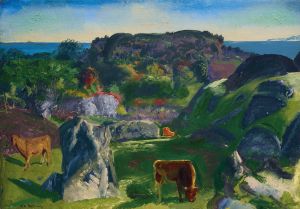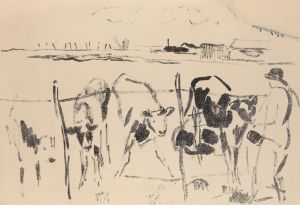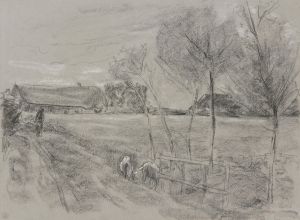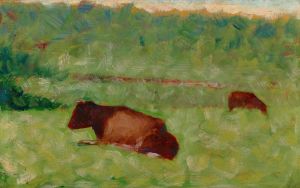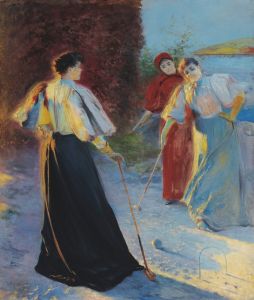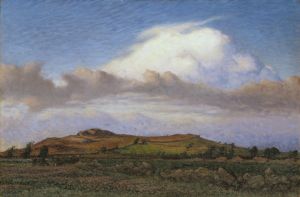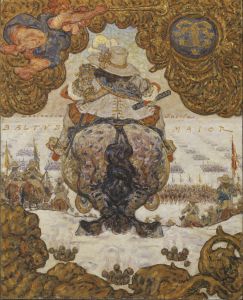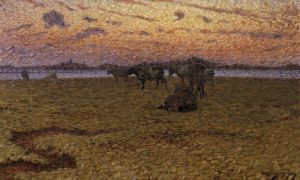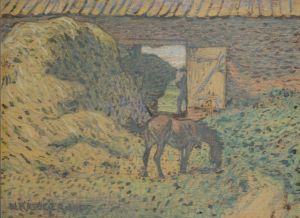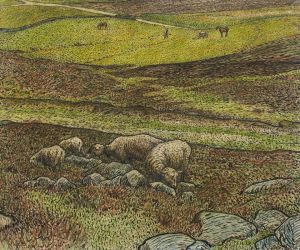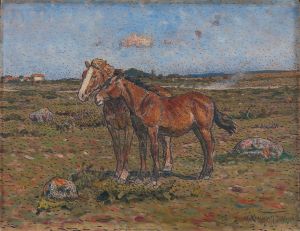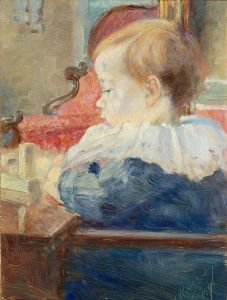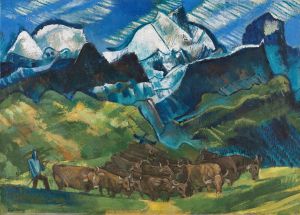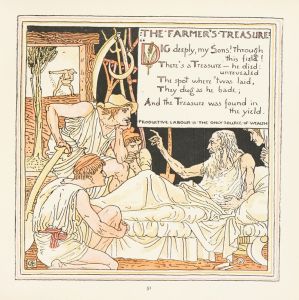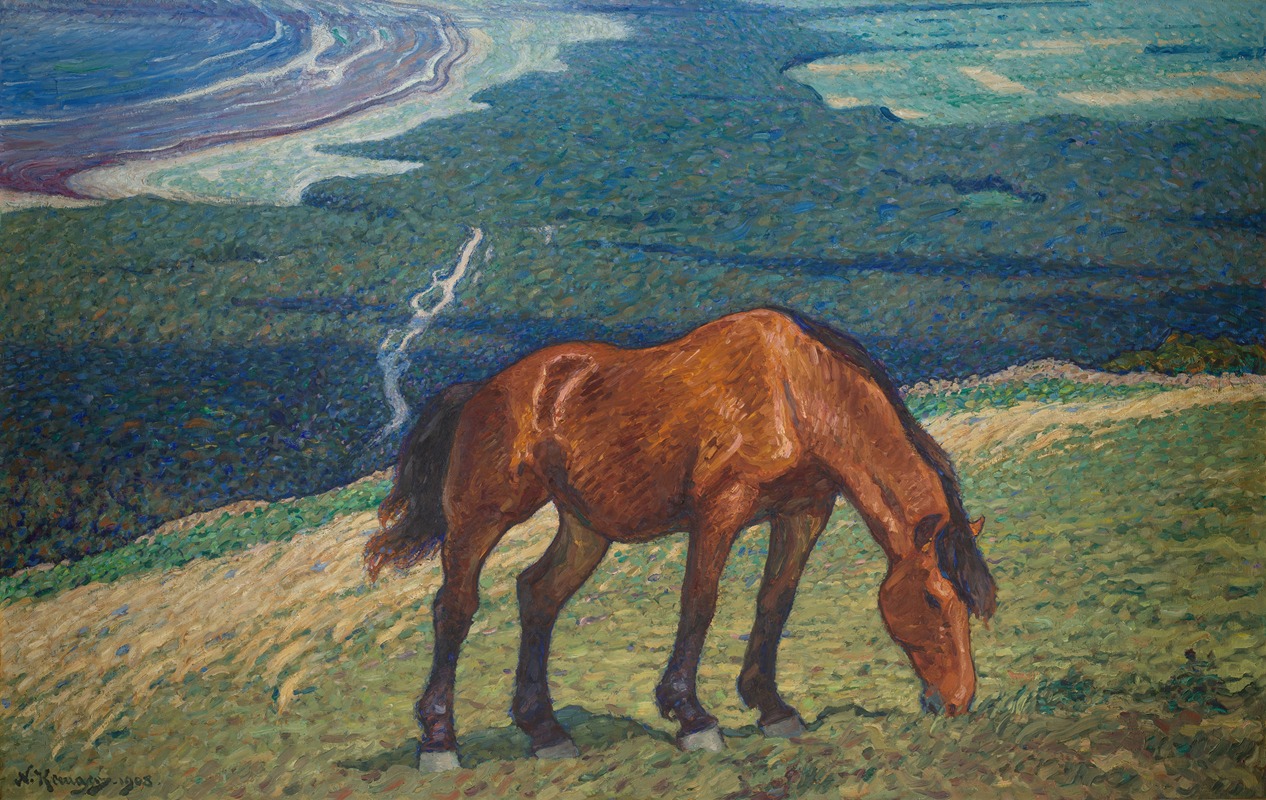
Grazing Horse
A hand-painted replica of Nils Kreuger’s masterpiece Grazing Horse, meticulously crafted by professional artists to capture the true essence of the original. Each piece is created with museum-quality canvas and rare mineral pigments, carefully painted by experienced artists with delicate brushstrokes and rich, layered colors to perfectly recreate the texture of the original artwork. Unlike machine-printed reproductions, this hand-painted version brings the painting to life, infused with the artist’s emotions and skill in every stroke. Whether for personal collection or home decoration, it instantly elevates the artistic atmosphere of any space.
Nils Kreuger was a prominent Swedish painter known for his contributions to the national romantic movement in Sweden. Born on October 11, 1858, in Kalmar, Sweden, Kreuger became a significant figure in the Swedish art scene during the late 19th and early 20th centuries. He was part of the Varberg School, a group of artists who were instrumental in developing a distinct Swedish style that emphasized the natural beauty and rural life of the country.
One of Kreuger's notable works is "Grazing Horse," which exemplifies his skill in capturing the serene and pastoral landscapes of Sweden. Although specific details about the painting "Grazing Horse" are limited, it is consistent with Kreuger's broader body of work, which often depicted rural scenes and animals, particularly horses, in their natural environment. Kreuger had a profound appreciation for the Swedish countryside, and his paintings frequently reflect the changing seasons and the unique light of the Nordic region.
Kreuger studied at the Royal Swedish Academy of Arts in Stockholm, where he honed his skills and developed his artistic style. After completing his studies, he traveled to Paris in the 1880s, where he was influenced by the Impressionist movement. This influence is evident in his use of light and color, which brought a fresh perspective to his depictions of Swedish landscapes. Upon returning to Sweden, Kreuger settled in Varberg, where he became a central figure in the Varberg School alongside other notable artists such as Richard Bergh and Karl Nordström.
The Varberg School was characterized by its focus on plein air painting, a technique that involves painting outdoors to capture the natural light and atmosphere of a scene. This approach allowed Kreuger to create vivid and dynamic compositions that conveyed the tranquility and beauty of rural life. "Grazing Horse" likely reflects this technique, showcasing Kreuger's ability to render the subtleties of light and shadow in the natural world.
Throughout his career, Kreuger remained committed to depicting the Swedish landscape and its inhabitants with authenticity and sensitivity. His paintings often feature a harmonious balance between humans, animals, and nature, highlighting the interconnectedness of these elements. Horses, in particular, were a recurring motif in his work, symbolizing both the strength and grace of rural life.
Nils Kreuger's contributions to Swedish art were significant, and his works continue to be celebrated for their technical skill and emotional depth. His paintings are held in high regard and can be found in various museums and collections, both in Sweden and internationally. Kreuger's legacy as a painter of the Swedish landscape endures, and his works remain a testament to his dedication to capturing the essence of his homeland.
In summary, while specific information about the painting "Grazing Horse" is limited, it is representative of Nils Kreuger's broader artistic themes and techniques. His work remains an important part of Sweden's cultural heritage, reflecting the beauty and tranquility of the country's rural landscapes.





